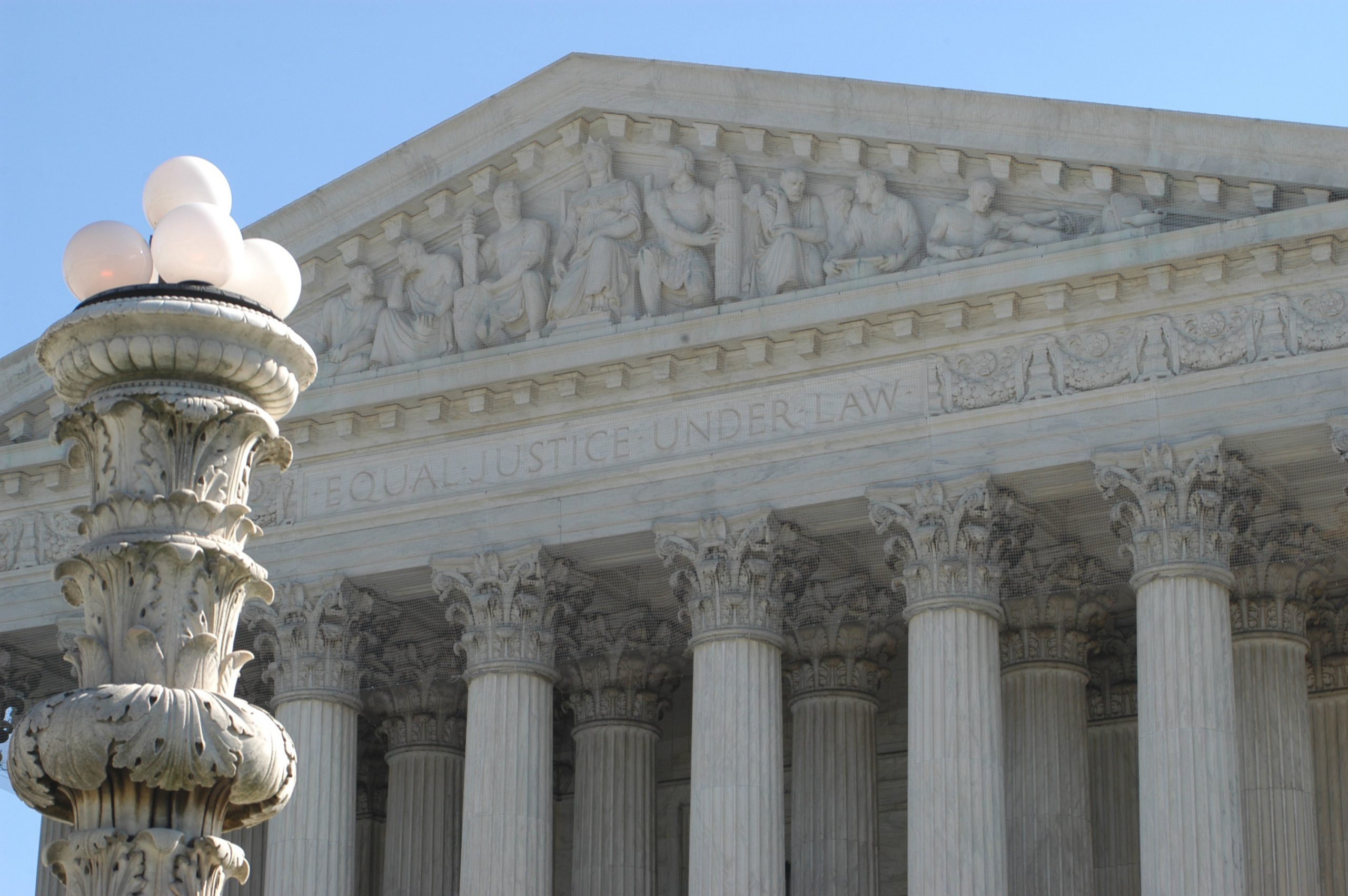EMERGENCY DOCKET
Alabama returns to the Supreme Court over allegedly discriminatory voting map

on Sep 11, 2023 at 10:48 pm

It was déjà vu all over again at the Supreme Court on Monday, as Alabama asked the justices to intervene in a dispute over the state’s congressional map. The last time it made such a request, in January 2022, Alabama won the battle but lost the war: A divided Supreme Court temporarily blocked a lower court’s decision holding that the state’s map likely violated the Voting Rights Act, clearing the way for Alabama to use the map in the 2022 elections, but in June of this year the justices – by a different 5-4 majority – upheld the lower court’s ruling. After the lower court rejected the state’s second map and ordered experts to draw a new map, Alabama returned to the Supreme Court on Monday, asking the justices to put the lower court’s order on hold again. The state told the justices that the district court’s order rested on a “fundamental error” – the idea, it said, that the only way Alabama can comply with the Voting Rights Act would be to create two majority-Black congressional districts, which the state’s map did not do.
Alabama has seven seats in the House of Representatives. When the map that the state’s legislature enacted after the 2020 census had just one majority-Black district, even though nearly 27 percent of the state’s residents are Black, voters and civil rights groups went to federal court. They argued that the state had illegally packed many Black voters into one district while dispersing them across several others, reducing the ability of Black voters to elect the candidates of their choice.
In January 2022, a federal court that included two judges appointed by former President Donald Trump agreed that the state’s plan likely violated Section 2 of the Voting Rights Act, which bans racial discrimination in voting. The court gave the state two weeks to draw a new map that included two majority-Black districts.
The state opted instead to go to the Supreme Court, asking the justices to put the lower court’s order on hold. By a vote of 5-4, with Chief Justice John Roberts and the court’s three liberal justices dissenting, the court agreed to do so, and set the case for oral argument in October 2022.
As a result of the court’s order, Alabama held the 2022 elections using the map that the legislature had drawn – and that the lower court had found likely violated federal voting laws. Republicans went on to win six of the state’s seven House seats in November 2022.
Although several justices seemed to lean in favor of Alabama at the oral argument, the court ultimately upheld the lower court’s ruling in favor of the challengers. Justice Brett Kavanaugh, who had voted to put the lower court’s order on hold in February, provided the fifth vote to give Roberts and the court’s liberal bloc a majority. Kavanaugh wrote a separate concurring opinion in which he noted, among other things, that the court’s redistricting cases do not require a “proportional number of majority-minority districts.”
In the wake of the court’s ruling, the Alabama legislature enacted a new plan, again with only one majority-Black district, on July 21. The challengers objected to the new plan, and the lower court agreed, in a lengthy opinion issued on Sept. 5. Because it was “substantially likely” that the 2023 plan violates the Voting Rights Act, and because there was not enough time to let the state try again, the court appointed two experts to draw a new map.
“We do not take lightly,” the lower court stressed, “federal intrusion into a process ordinarily reserved for the State Legislature. But we have now said twice that this Voting Rights Act case is not close. And we are deeply troubled that the State enacted a map that the State readily admits does not provide the remedy we said federal law requires.”
Alabama came to the Supreme Court on Monday night, asking the justices both to freeze the lower court’s ruling rejecting its 2023 map and to review the merits of that decision. When it drew the 2023 map, the state insisted, it corrected the flaws identified in the 2021 map. It put a group of four rural counties in the middle of the state, with a predominantly Black population, in two districts rather than four. And at the same time, it followed other redistricting principles, such as making districts more compact and keeping other local communities together. The only reason that the lower court rejected the 2023 map, the state insisted, was because it did not contain a second majority-Black district. But federal law does not require a second majority-Black district, the state argued; to the contrary, the Supreme Court has only said that states cannot be required to create majority-Black districts at the expense of other traditional redistricting criteria. Citing the court’s recent decisions striking down the consideration of race in university of admissions, the state complained that the lower court’s rule “has no logical endpoint,” but would instead require it to “have to continue intentionally creating a second majority-black district in lieu of keeping together” local communities indefinitely.
The state told the justices that election officials and candidates need to know by early October whether the 2023 map will be in effect for the 2024 elections, so it asked the court to act by then. Alabama’s primary elections are scheduled for March 5, 2024.


